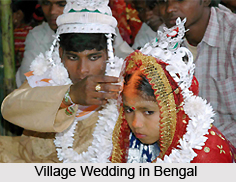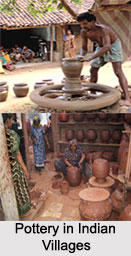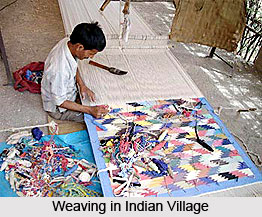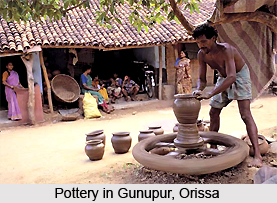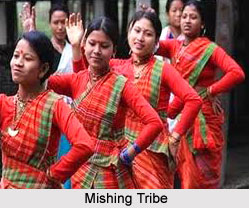The position of women in Indian villages has seen many significant changes from the ancient period to the contemporary period. Women have always been an integral part of human civilisation and also of the Indian village society since time immortal. The women enjoyed respect and were equal to men in the ancient Indian society. They also had the chance of getting proper education and they used to take active participation in the decision making process of their family. However, though the position deteriorated during the medieval period, it has been improved a lot in the contemporary period.
The women in Indian villages enjoyed a high status in the ancient period. The works by great Indian grammarians like Patanjali and Katyayana suggest that the women were properly educated during the early Vedic period. The Rig-Vedic verses also suggest that the women used to marry at a mature age and were also independent to choose their husband. The mention of women sages like Gargi and Maitreyi in Rig Veda and Upanishads proves the high educational status of women in Indian villages. The women also had the chance of getting lessons in archery, sword fighting, gymnastics, etc. The women in Indian villages were active in doing their household works and sometimes contributed to the overall income of the family as well.
However, the status of women in Indian villages changed significantly during the medieval period. Many evil practices like Sati, child marriage, ban on widow marriages, etc. were practised extensively during this period and the Muslim conquest in India also brought the Purdah system in the Indian villages. The women were forcefully burnt with their dead husbands and made Sati, they were given in marriage at an early age of only 4-5 years and the young widows were also not allowed to remarry. However, in spite of all these obstacles, many women in the Indian villages became successful to administer villages, towns, divisions and also heralded social and religious institutions during that period. Doing household works was always the duty of women in Indian villages and they sometimes went to the fields to help their husbands in agricultural works as well.
During the British rule, the status of women in Indian villages improved a lot. Various social movements were made by the great social reformers like Raja Ram Mohan Roy, Ishwar Chandra Vidyasagar, Jyotirao Phule, etc. to improve the status of women in Indian villages. The British governmental authorities also helped them a lot in uplifting the position of women. The Sati practice was abolished mainly due to the efforts made by Raja Ram Mohan Roy. The continuous efforts of Ishwar Chandra Vidyasagar improved the condition of the young widows in the villages and the Widow Marriage Act was implemented in 1856. The overall educational condition of the women in Indian villages was also improved a lot during the British period. Another significant improvement in the status of women in Indian villages was that they got their political rights and later played an important role in India`s independence movement.
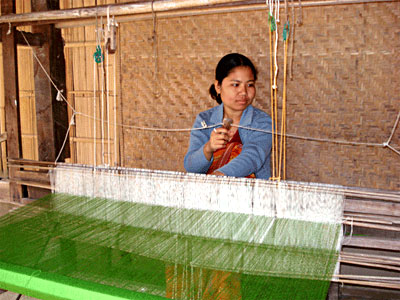 In the contemporary period, the status of women in Indian villages is quite impressive. The women can now participate in all types of activities like education, politics, media, art and culture, service sectors, science and technology, etc. The women are also taking part in many social movements like anti-liquor movement or anti-molestation movement. The women in Indian villages have many chances of getting education and they go to the government primary schools in numbers. As a result, the women literacy rate in the villages of India has increased significantly in the recent years.
In the contemporary period, the status of women in Indian villages is quite impressive. The women can now participate in all types of activities like education, politics, media, art and culture, service sectors, science and technology, etc. The women are also taking part in many social movements like anti-liquor movement or anti-molestation movement. The women in Indian villages have many chances of getting education and they go to the government primary schools in numbers. As a result, the women literacy rate in the villages of India has increased significantly in the recent years.
Apart from education, the women in Indian villages are getting involved in different types of occupations as well. Today`s women in Indian villages not only take care of their household works, but also do a lot of things to contribute to the family`s total income. They are engaged in the occupations like arts and crafts or handicrafts, making potteries, doing paintings, etc. and they are actively involved in animal husbandry, as well. In this way, they are contributing a lot to the overall income of the family and ensuring further well being of the family.
As a whole, it can be said that though there have been significant changes in the status of women in Indian villages since the ancient period, they are in a good state at the moment. Many women coming from the villages are establishing themselves in various fields and this is undoubtedly a bright sign for the future of India.
